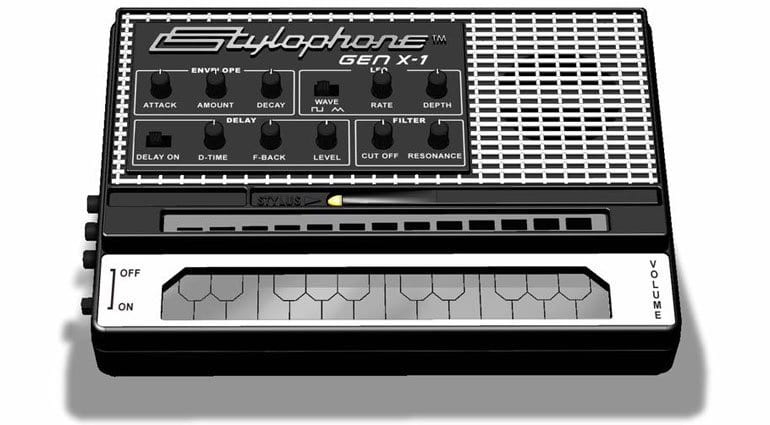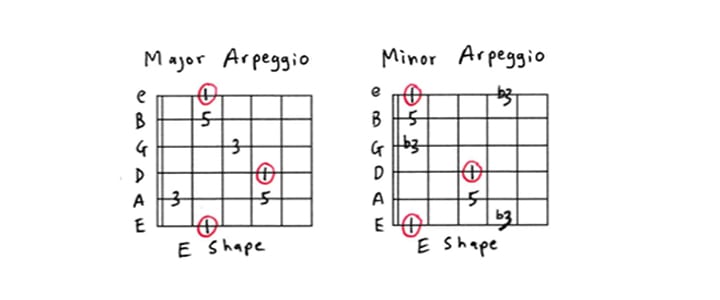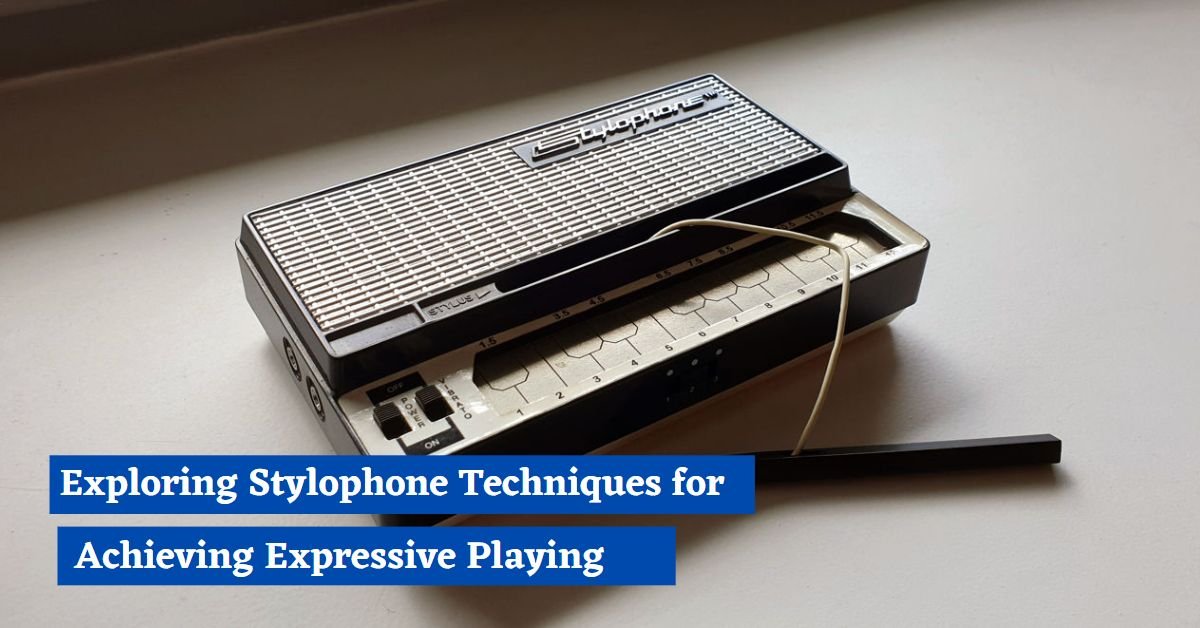Stylophone techniques for achieving expressive playing include pitch bending, vibrato, dynamics, articulation, chord voicings, arpeggios, and creative effects such as delays and filters. Mastering these techniques can add depth and emotion to your Stylophone performances.
Understanding the Stylophone: An Overview
The Stylophone consists of a small metal keyboard with a stylus that is used to create sound by touching the keys. It generates a unique, electronic tone reminiscent of the early days of synthesized music. The instrument has three main registers: bass, middle, and treble. Familiarizing yourself with the layout of the keys and the different registers is crucial before diving into expressive techniques.

Mastering Pitch Bending and Vibrato Techniques
Pitch bending and vibrato are essential techniques for infusing expressiveness into your Stylophone playing. To achieve pitch bending, you can gently press the stylus against the keys while playing a note, gradually sliding up or down to bend the pitch. This technique can add a touch of emotion and depth to your melodies.
Vibrato, on the other hand, involves rapidly and repeatedly shaking the stylus on a held note, creating a subtle fluctuation in pitch. Experimenting with different degrees of pitch bending and vibrato can help you discover your own unique playing style.
Utilizing Dynamics and Articulation for Expressive Playing
Dynamics and articulation play a crucial role in conveying emotions and adding nuance to your Stylophone performance. Varying the volume of your playing by applying more or less pressure with the stylus can create a dynamic range, allowing you to emphasize certain notes or phrases.
Additionally, exploring different articulation techniques such as staccato (short and detached notes) or legato (smooth and connected notes) can significantly impact the overall expressiveness of your playing.
Exploring Chord Voicings and Arpeggios
While the Stylophone may be a monophonic instrument, meaning it can only play one note at a time, you can still achieve harmonic richness by exploring chord voicings and arpeggios. By playing multiple notes in quick succession or experimenting with different chord shapes, you can create the illusion of chords and add depth to your melodies. Understanding basic music theory and chord structures will assist you in creating compelling harmonies on the Stylophone.

Creative Stylophone Effects
Delays, Filters, and More Beyond the fundamental playing techniques, incorporating effects into your Stylophone playing can open up a whole new world of sonic possibilities. Utilizing external effects pedals or digital processing can add depth, texture, and ambience to your performances. Experimenting with delays, filters, and other effects can help you create unique sounds and atmospheres that enhance the expressive qualities of the Stylophone.
What makes a song expressive?
Expressiveness in music refers to the ability to convey emotions, tell a story, or evoke a specific mood through musical elements and techniques. Several factors contribute to the expressiveness of a song. These include dynamics (variations in volume), phrasing (shaping of musical phrases), articulation (how notes are played), tempo (speed of the music), and timbre (tone color of instruments or vocals).
Additionally, the use of harmonies, melodic contour, lyrics, and the performer’s interpretation all play a role in creating an emotionally engaging and expressive song.
How do you develop musical abilities?
Developing musical abilities requires consistent practice, dedication, and a structured approach. Here are some key steps to enhance your musical skills:
- Start with the basics: Focus on building a strong foundation in music theory, including notation, rhythm, scales, and chords.
- Technique and skill development: Regularly practice your instrument or voice to improve technical proficiency and control.
- Ear training: Develop your ability to identify and reproduce musical intervals, melodies, and harmonies by regularly practicing ear training exercises.
- Musical exploration: Explore different genres and styles of music to broaden your musical vocabulary and understanding.
- Collaborate and perform: Engage in musical collaborations, join bands or ensembles, and seek opportunities to perform in front of audiences to refine your skills and gain confidence.
- Seek guidance: Consider taking lessons from a qualified music teacher who can provide personalized instruction and feedback.

What are the 12 elements of music and their meaning?
The 12 elements of music encompass various aspects that contribute to the overall musical experience. Each element has its own significance and role in shaping the composition. Here are the 12 elements and their meanings:
- Melody: A series of notes played in succession, forming a recognizable and memorable musical line.
- Harmony: The combination of simultaneous pitches or chords that support and complement the melody.
- Rhythm: The pattern of durations and accents in music that create a sense of forward motion and groove.
- Tempo: The speed or pace at which the music is performed.
- Dynamics: The variations in volume, ranging from soft (piano) to loud (forte), which add expressiveness and depth to the music.
- Texture: The layering of different musical lines and how they interact with each other.
- Timbre: The unique tonal quality or color of a sound produced by a particular instrument or voice.
- Form: The structure and organization of a piece of music, including verse-chorus, A-B-A, or through-composed forms.
- Articulation: The way musical notes are played, including legato (smooth and connected) or staccato (short and detached).
- Expression: The interpretation and communication of emotions and feelings through musical performance.
- Phrasing: The shaping of musical phrases, including breaths, pauses, and accentuation, to create a natural and musical flow.
- Style: The distinctive characteristics and conventions associated with a particular genre, era, or cultural tradition.
Understanding and utilizing these elements effectively can enhance your musical compositions, performances, and overall musical appreciation.
Stylophone Retro Pocket Synth from ThinkGeek
FAQs
Can I connect my Stylophone to external devices such as amplifiers or recording equipment?
Yes, most Stylophones feature a headphone output or a line output that allows you to connect the instrument to amplifiers, mixers, or recording equipment. This enables you to expand your sound and incorporate the Stylophone into various musical setups.
Are there any resources available for learning advanced Stylophone techniques?
While the Stylophone community is relatively small, there are online resources such as video tutorials, forums, and dedicated websites where you can find guidance on advanced techniques and interact with fellow Stylophone enthusiasts. Exploring these resources can help you deepen your understanding of the instrument and discover new expressive possibilities.
Conclusion
Mastering the art of expressive Stylophone playing requires patience, practice, and a willingness to explore various techniques. By understanding the instrument, incorporating pitch bending and vibrato, utilizing dynamics and articulation, exploring chord voicings and arpeggios, and experimenting with creative effects, you can unlock the expressive potential of the Stylophone. Embrace your creativity, and let the unique sounds of this electronic instrument inspire you on your musical journey.


